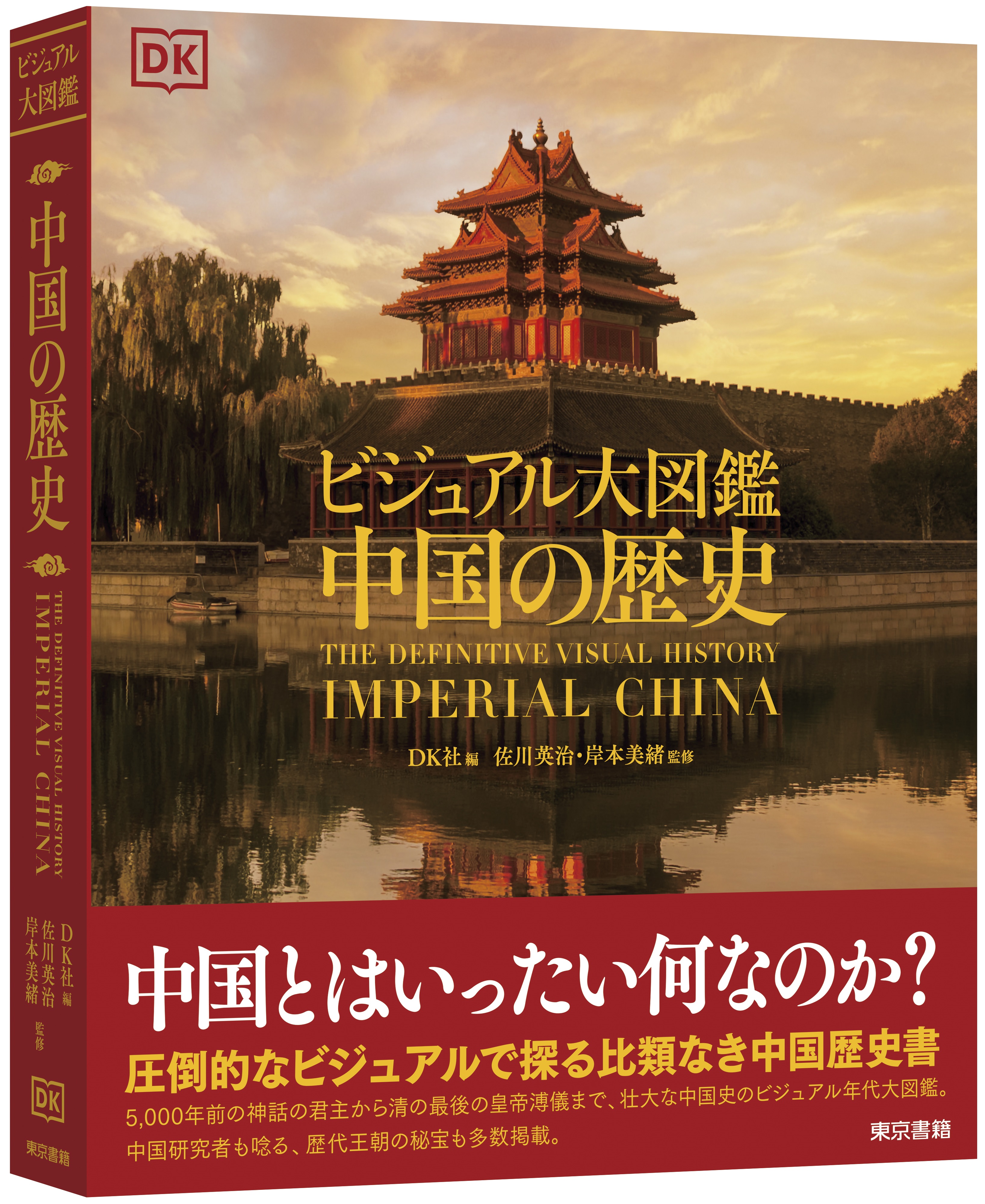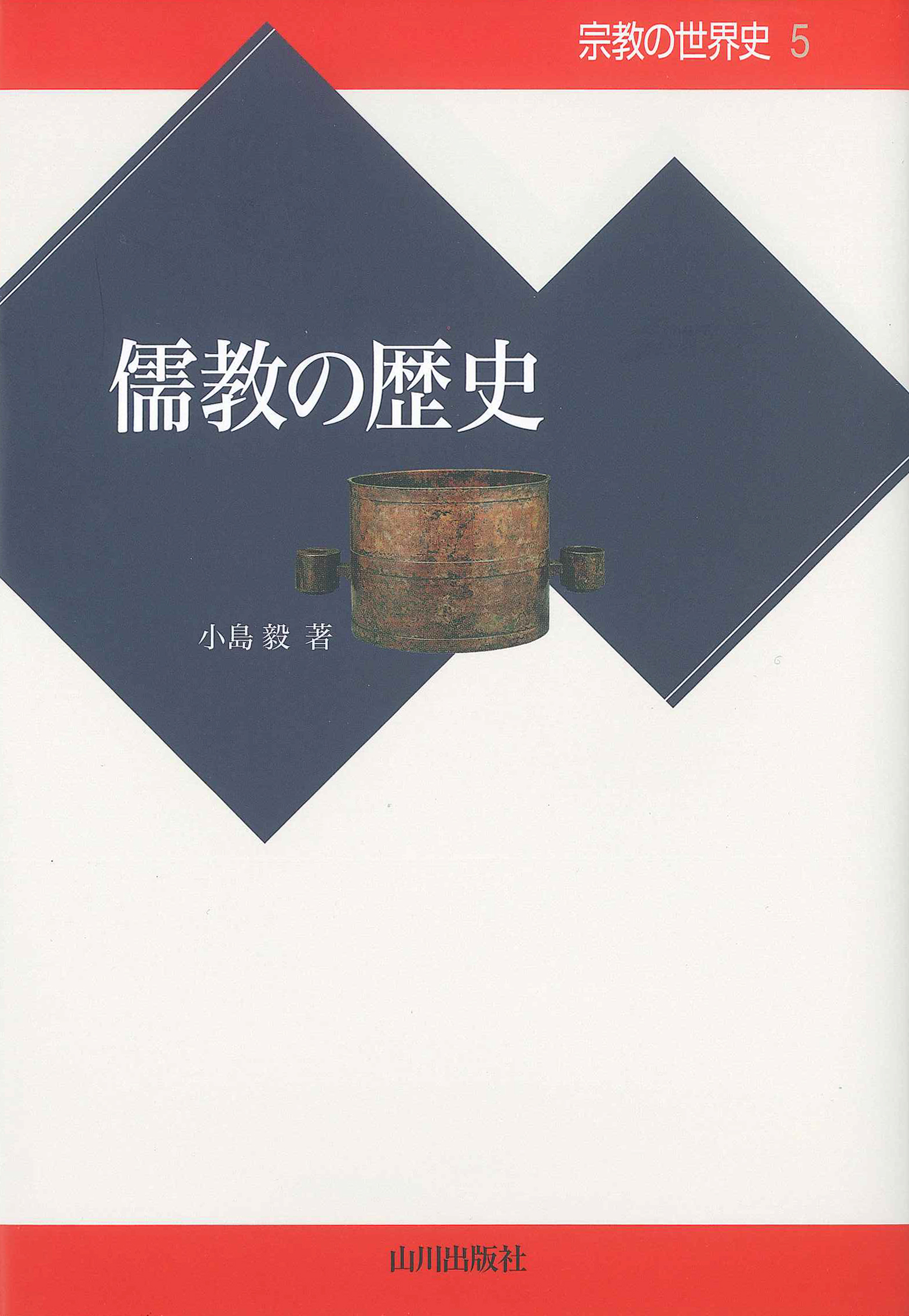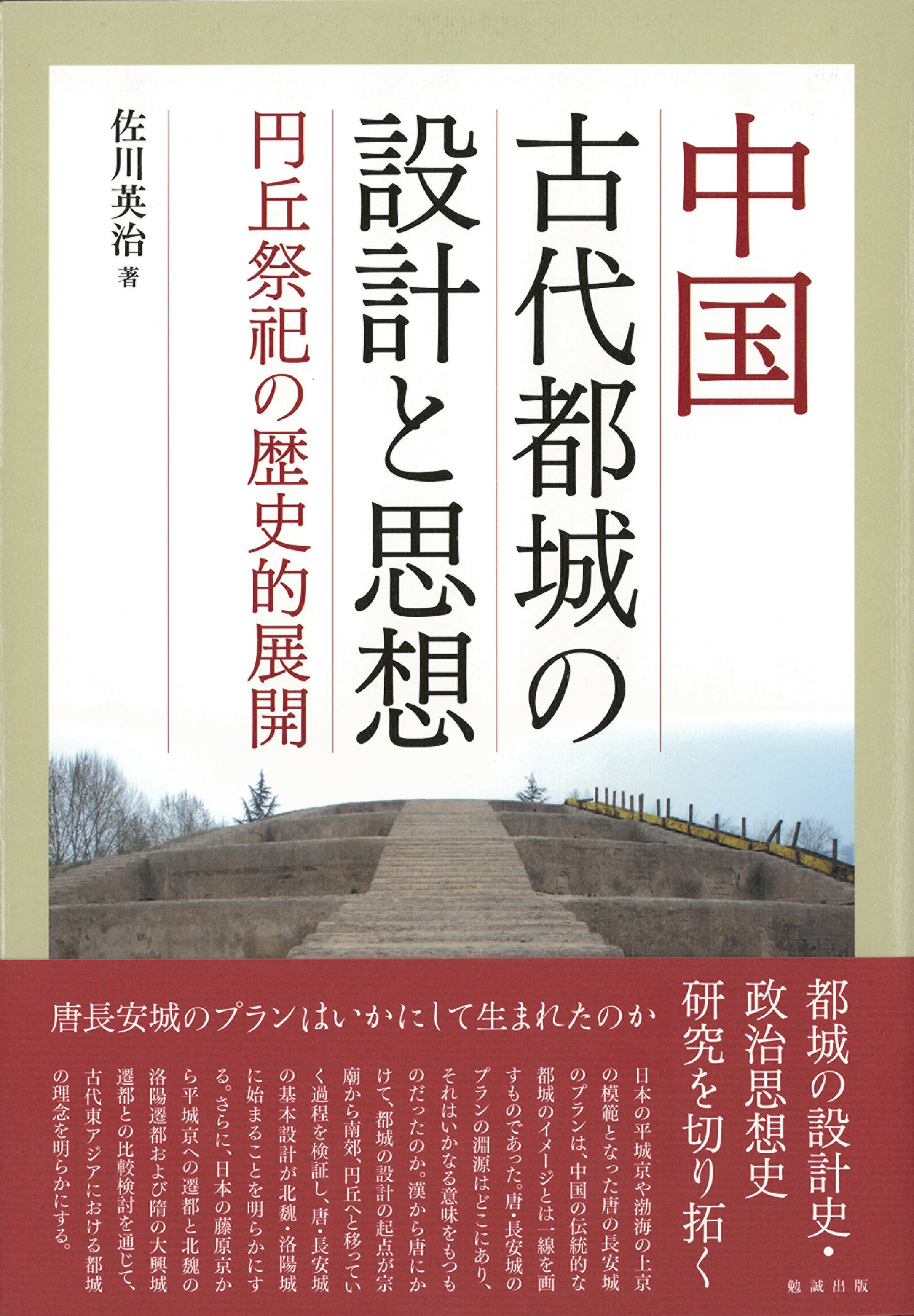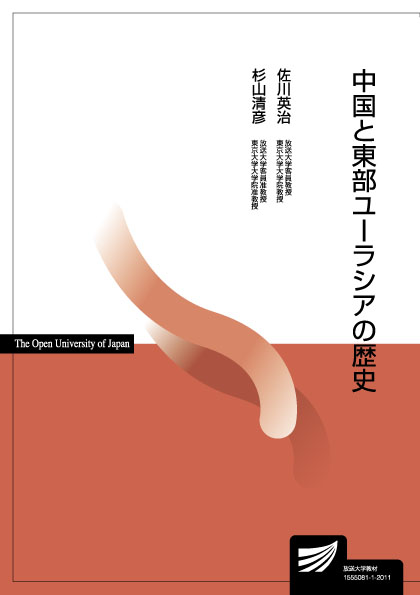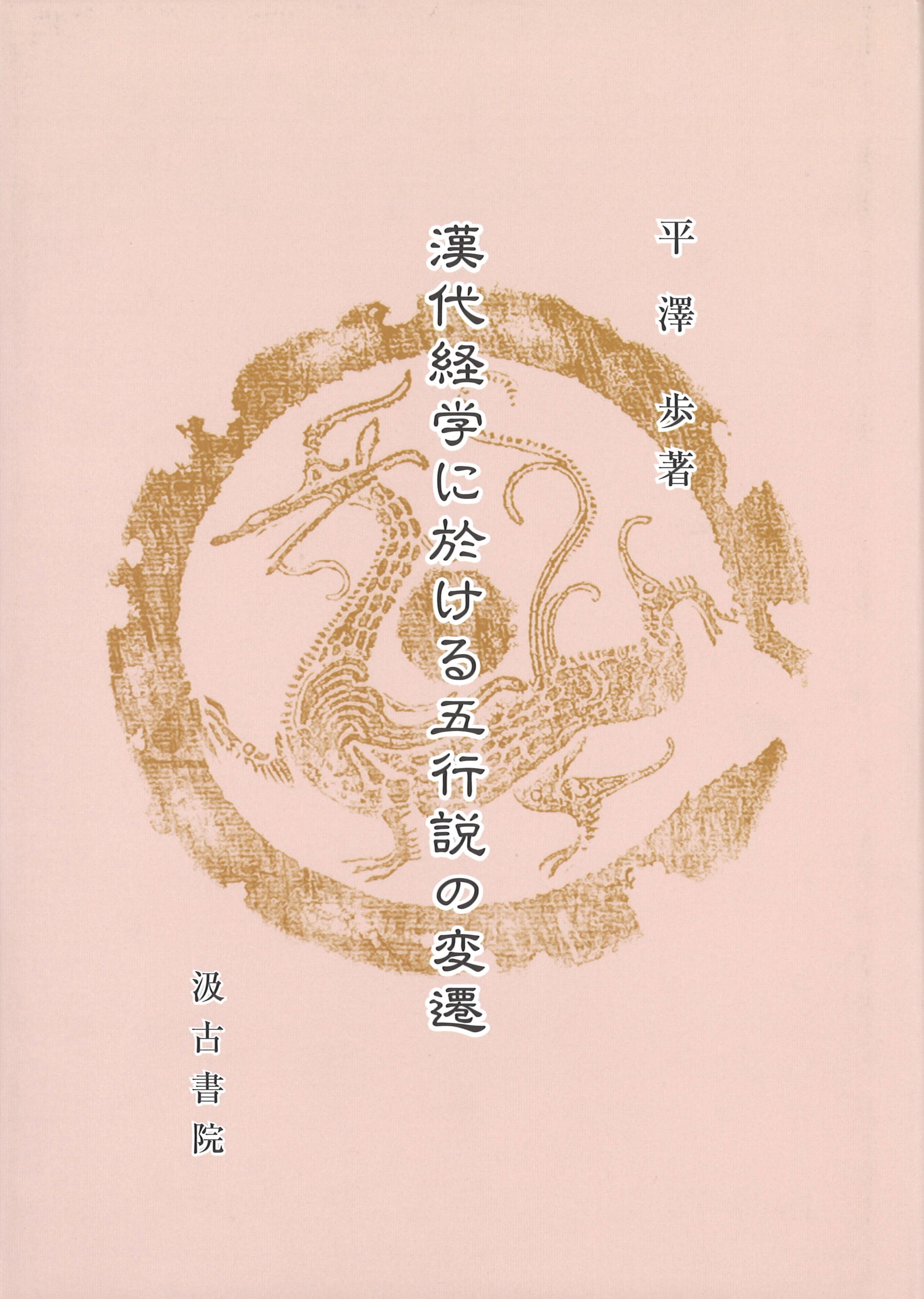
Title
Kandai keigaku ni okeru gogyousetsu no hensen (The Transition of the Five Elements Theory on Confucianism in the Han Dynasty)
Size
384 pages, A5 format
Language
Japanese
Released
November 07, 2022
ISBN
9784762967146
Published by
Kyuko Shoin
Book Info
See Book Availability at Library
Japanese Page
This study examines Five Elements Theory (五行説) in the Han dynasty (漢代), which focuses on its influence and impact on Confucianism (儒學).
Five Elements Theory previously existed in the pre-Qin period (先秦); however, a single comprehensive system of Five Elements Theory was structured for the first time using combined multiple theories, which appeared in the Han dynasty. An important aspect was that this innovation led to the further development of the Theory in later generations in China.
In the history of Five Elements Theory across more than 2,000 years, the Han dynasty is considered to be the first period of its maturity.
This study finds that Five Elements Theory is deeply related to Confucianism developed extensively in the Han dynasty (漢代) as follows: (i) multiple theories of Five Elements Theory, which emerged during the pre-Qin period (先秦), (ii) continued development under different titles with each concept during the western Han period, whereas the five elemental theories of the Yue Ling (月令), the Five Virtues Shift (五德終始) and Hong Fan Wu Xing (洪範五行) were adopted into Confucianism (儒學). (iii) In the late western Han period, Liu Xiang (劉向) and Liu Xin (劉歆) experimentally systematised these theories. Thus, the question of methodising the theory was discussed continuously and extensively acrossacademic disciplines during the eastern Han period (後漢).
The first chapter introduces the concept of the Five Elements developed during the pre-Qin dynasty based on preceding studies. In this period, the basic Five Elements, namely, wood, fire, earth, metal and water (木, 火, 土, 金, 水), and the pairing of the Five Elements, directions and seasons were emerged. In these theories, the study finds commonalities and relevance; however, they differ from one another. Moreover, no adequate discussion or debate was seemingly held on how they can unite the differences in the concept of each theory. In this manner, multiple theories developed independently from one another.
The second chapter intends to elucidate the Five Elements Theory of the western Han period (前漢). It examines the methodology of the Five Virtues Shift (五德終始説), Yue Ling (月令) and Hong Fan Wu Xing Zhuan (洪範五行傳). Interestingly, although these theories adopted the concept of the Five Elements, they each presented their theories and systems, such that multiple contradictions were noted. Each discipline had its rule, system and classification of things. As it occurred in the pre-Qin period (先秦), multiple theories remained under discussion and development, and they remained independent from one another. Remarkably, Confucian thinkers at the time began to adopt the concept of Hong Fan Wu Xing Zhuan (洪範五行傳), the Five Virtues Shift (五德終始説) and Yue Ling (月令). We assume that Five Elements Theory was finally combined with Confucianism at the beginning of the western Han period (前漢).
Chapters three and four examine the adjustment and systematization of Five Elements Theory (五行説) performed by Liu Xiang (劉向) and Liu Xin (劉歆). They organised and systematised each logical order and consistency of the various theories on the Five Elements. They collated them as the framework of Zhou Yi (周易; The Book of Change) and Yue Ling (月令). Liu Xiang (劉向), which reinterpreted Hong Fan Wu Xing Zhuan (洪範五行傳) and the Five Virtues Shift (五德終始) to align them with the Zhou Yi studies (易學) and to systematise Five Elements Theory. Liu Xin (劉歆) boldly proposed a structure that would place all elements and numbers under the control of Zhou Yi and attempted to unify the Five Elements by reworking each of them based on Yue Ling (月令).
Chapter five explores the discussion of the Five Elements in Confucianism during the eastern Han period (後漢). As previously mentioned, Liu Xiang (劉向) and Liu Xin (劉歆) attempted to complete the initial systematisation of the Five Elements in the eastern Han period (後漢); however, various divergent theories remained coexistent at the same time. Many scholars endeavoured to explain the differences in these multiple theories to understand and dissolve each concept across various studies. These discussions were complicated and continued extensively. They wanted to structure a cross-disciplinary theory of the Five Elements. For example, the Chun Qiu Zuo Zhuan scholars (左氏学者) created Xiu Mu Zhi Zi theory (修母致子説) to confront the Gong Yang school (公羊学), and Zheng Xuan (鄭玄) expressed a complex commentary on the text of Li Ji (禮記) to establish a system of scripture centred on the Zhou Li (周禮). Although they had their motivations for their studies, they shared a common thinking and understanding that the Five Elements were a consistent theory and that the Five Elements referred in various texts (especially the Confucian scriptures) should be united and systematised.
Through the extant study and research, this study proposes that these academic trends and logical movements of Five Elements Theory in the eastern Han dynasty (漢代) were derived from the continued academic efforts and studies conducted by Liu Xiang (劉向) and Liu Xin (劉歆).
This book proves that the history of the logical development on Five Elements Theory was deeply influenced by Liu Xiang (劉向) and Liu Xin (劉歆) using Confucianism (経学) research and sources.
(Written by HIRASAWA Ayumu, Assistant Professor, Graduate School of Humanities and Sociology / 2023)



 Find a book
Find a book


